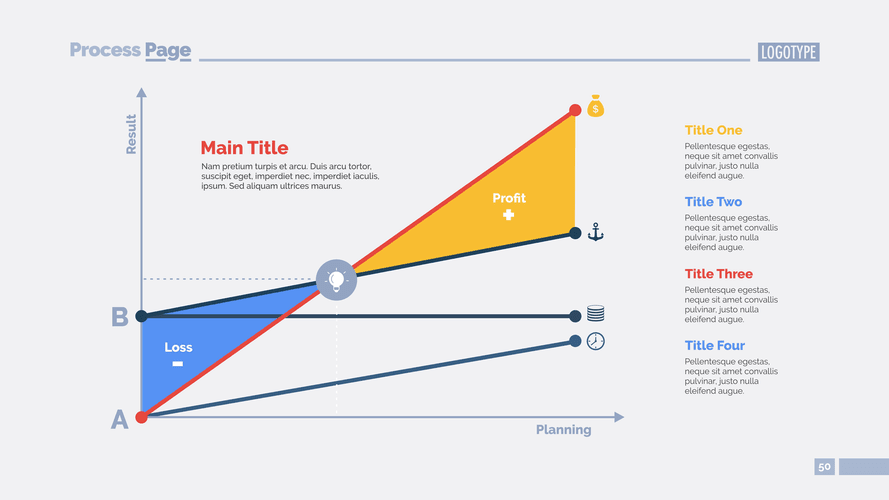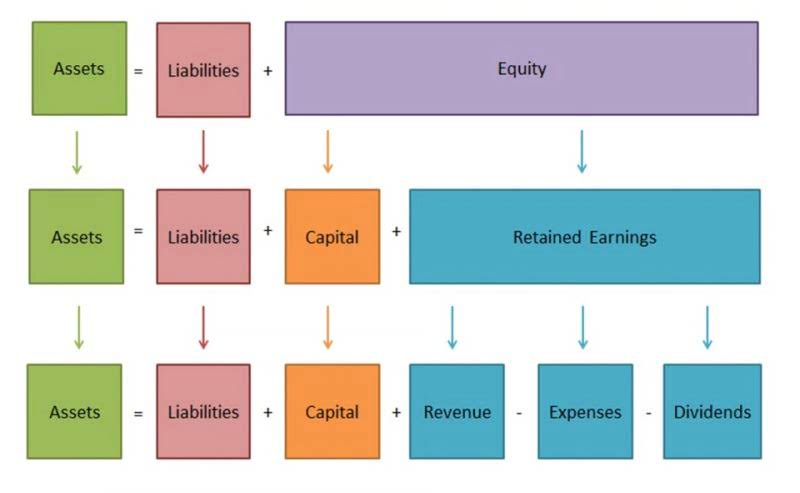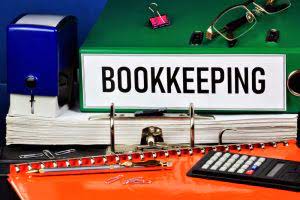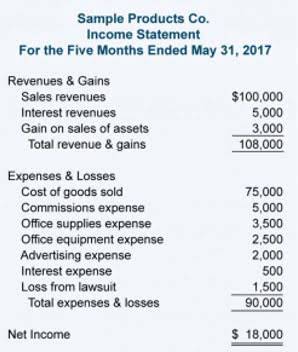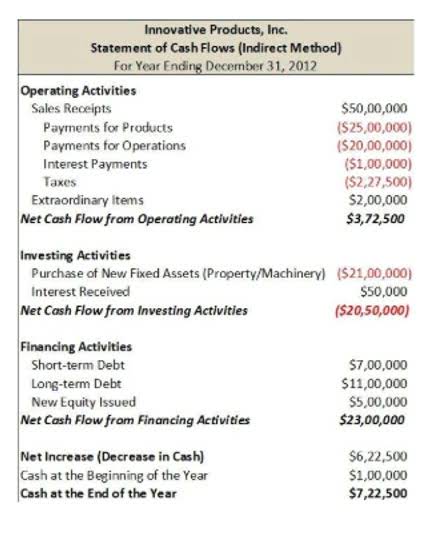Accrued Expenses vs Accounts Payable: Key Differences CFI
Both expense and liability result in cash outflows and are well-known to be similar. Every business that is operational and currently in operation has assets and liabilities. It also has income expenses, which are part of the income statement. Liabilities can also be classified as either interest-bearing or non-interest-bearing. Interest-bearing liabilities, such as loans or bonds, require the payment of interest over the term of the liability. Non-interest-bearing liabilities, on the other hand, do not involve an explicit interest component, such as accounts payable or accrued expenses.
Stay updated with Fyle by signing up for our newsletter
- Both terms are commonly used in financial statements, but they represent different aspects of a company’s financial obligations.
- In contrast, a liability is an obligation that a company owes to external parties, like loans or accounts payable, which must be settled in the future.
- While expenses are recognized when incurred, liabilities are recorded when a transaction takes place, regardless of when payment is made.
Instead, they reflect the company’s financial obligations and its ability to meet those obligations in the future. Liabilities are typically measured in monetary terms and are reported on the balance sheet, providing stakeholders with information about a company’s financial health and solvency. To record expenses, debit the expense account and credit the corresponding asset or liability account, depending on the payment method. For example, if you pay cash for office supplies, debit the “Office Supplies Expense” and credit “Cash.” This practice ensures your income statement reflects all business costs accurately.
What Are Business Loans? (+Which Type Is Right for Your Business)
While both affect a company’s bottom line, they impact financial statements differently. Distinguishing between liabilities and expenses can trip up even experienced finance teams. These classification errors don’t just affect your books—they can lead to cash flow surprises, compliance issues, and poor business decisions based on inaccurate data. You’d list these on your balance sheet, and they’re often paid with current assets, which include cash and cash equivalents, marketable securities, and receivables. Current liabilities include payables, other short-term obligations, and short-term debt (i.e., debt maturing within a year).
Record liabilities
Think of expenses as the costs of running the business now and liabilities as financial commitments that need to be paid in the future. While both involve money the business has to pay, liabilities and expenses serve different purposes in accounting and financial analysis. A retail chain takes out a $50 million loan to open 20 new stores.
A company orders and receives a shipment of office supplies on June 25. This clears the accrued expense liability and reflects the payment. Expenses are recognized as soon as the resource or service is used, not necessarily when the payment is made. For example, rent is considered an expense during the month you occupy the space, even if the bill hasn’t been paid yet. General and administrative expenses are incurred in the operation of the core business line. They include executive salaries, R & D travel, training, and IT expenses.
What are Accrued Expenses?
Noncurrent liabilities are long-term debts or obligations that are due beyond a 12-month period. Although both terms relate to a company’s outflow of resources, they represent different financial concepts and have unique impacts on an organization’s financial statements. Expenses and liabilities are two fundamental concepts in financial accounting, each with its own distinct attributes and implications. Expenses represent the costs incurred by a company during its normal operations, impacting profitability and reflecting the efficiency of its operations. Liabilities, on the other hand, are obligations owed by a company to external parties, providing insights into its financial health and solvency. Expenses are the costs of your company’s operation, while liabilities are the obligations your company owes.
- Inaccurately or incorrectly reporting them can impact your company’s financial well-being and decision-making.
- Fyle simplifies the process with automation and seamless integration into accounting software, making expense management efficient and accurate.
- An expense is a cost incurred by a business to generate revenue, impacting the income statement and reducing net profit in the accounting period in which it occurs.
- Examples of recurring expenses include salaries, rent, utilities, and marketing costs.
Ramp’s automated expense management platform tackles these classification challenges head-on. The platform’s intelligent categorization engine automatically recognizes and properly classifies transactions based on vendor data and spending patterns. When your team purchases an annual software license, Ramp identifies it as a prepaid expense and helps you amortize it correctly over the subscription period. This automation eliminates the manual work of reviewing every transaction and reduces the risk of misclassification that comes with human error. Expenses are typically recurring payments that are necessary to run a business.
In contrast, liabilities are obligations that arise from past transactions, such as loans or accounts payable, which are recorded on the balance sheet and indicate future economic what is the difference between a liability and an expense sacrifices. While expenses decrease equity and reflect the operating performance of a business, liabilities represent a company’s debts and reflect financial commitments that need to be settled. Understanding the distinction helps in analyzing a company’s financial health, as well as managing cash flow and budgeting effectively. An expense represents the costs incurred by a business during its operations, impacting the income statement and reducing net income.
They appear in different financial statements, have varying durations and impact your company’s bottom line in different ways. A liability is money owed in the future, while an expense is a cost incurred to help the business run smoothly and generate revenue. The financial statements of a business which report its profitability and financial position primarily consist of a profit and loss account and a balance sheet.
How They Are Accounted For
Liabilities are listed on your company’s balance sheet and directly impact your business’s assets and equity. There are several types of liabilities, and understanding each one is essential for assessing your business’s financial health and managing future cash flow. Expenses have an immediate impact on a company’s financial performance, particularly its profitability. Since they are deducted from revenue to calculate net income, high expenses can quickly reduce profit margins. In the short term, businesses might reduce expenses to boost profitability. However, excessive cost-cutting (e.g., reducing marketing, research, or employee benefits) can negatively impact long-term growth and sustainability.
Inaccurately or incorrectly reporting them can impact your company’s financial well-being and decision-making. Liabilities are listed on the balance sheet and represent what the business owes. They help business owners understand the company’s ability to meet financial obligations and how much it relies on outside financing. Expenses are costs a business incurs to operate and generate revenue. Understanding your expenses is essential because they reduce your net income. Tracking expenses can help with budgeting and tax deductions and provide an overview of your finances.



